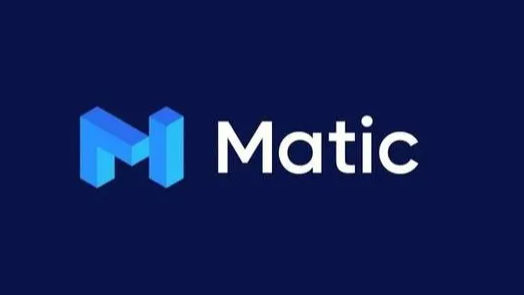Polygon, formerly known as the Matic Network, is an interoperability layer two scaling solution for Ethereum-compatible blockchains. The Matic token is used for governance, staking, and gas costs on the blockchain using a proof of stake (PoS) consensus process.
Also Read| What is Shiba Inu coin?
Polygon was created in 2017 by a group of blockchain experts, including Jaynti Kanani, Sandeep Nailwal, and business consultant Anurag Arjun. All three collaborated to establish the project, which was subsequently renamed Polygon from Matic.
Also Read | Fancy investing in Squid Game cryptocurrency? Here’s all you need to know
Because MATIC is still used as the token name, the naming may be rather perplexing. Prior to entering the crypto space, all three were active in tech firms. And, prior to launching the Polygon network, the team made significant contributions to the Ethereum ecosystem. On the Ethereum protocol, the team focused on developing the Plasma MVP, the WalletConnect protocol, and the more well-known Dagger event notification engine. As previously stated, while Polygon has considerably expanded on the Matic Network’s initial idea, it still preserves the MATIC utility token.
Also Read| Bitcoin crosses $66,000 mark as mainstreaming cryptocurrency gains momentum
MATIC is utilised in the Polygon ecosystem for a variety of purposes, including network involvement through governance voting on Polygon Improvement Proposals (PIPs), contributing to security through staking, and paying gas costs.
Also Read: US becomes world’s cryptocurrency epicenter after China ban
On a monthly basis, Matic tokens are released into the market. The current circulating supply is 6,877,830,774 tokens, with a maximum supply of 10,000,000,000 tokens. 3.8% of the maximum supply was granted at the 2017 private sale. During the April 2019 launchpad sale, another 19% of the tokens were sold for $0.00263 each. This transaction netted $5 million.
Also Read: US announces ‘Cryptocurrency Enforcement Team’ to tackle cyberattacks
The remainder of the tokens are distributed as follows:
- Team tokens: 16% of the max supply.
- Advisor’s tokens: 4% of the max supply.
- Network operations tokens: 12% of the max supply.
- Foundation tokens: 21.86% of the max supply.
- Ecosystem tokens: 23.33% of the max supply.
Also Read| Blockchain attraction: Five Indian celebrities in the NFT game
All tokens will be issued by December 2022, according to the stated distribution timeline. Aside from tokenomics, Polygon’s long-term goal is to enable a wide range of decentralised applications (DeFi) outside of the Ethereum ecosystem.







